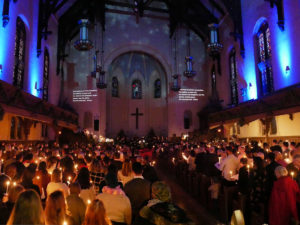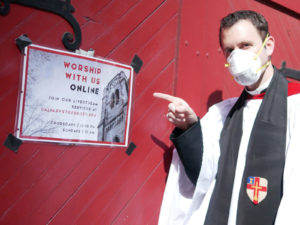“Just” a Church
The Parish of Calvary-St. George Episcopal Church
New York, NY
By Maci Sepp
 When I first met the people of Calvary-St. George, I was invited to sit in on a weekly clergy meeting, which consisted of the parish’s two rectors, a couple of the ministers, their administrator, and a seminary intern. From the beginning, the familiarity and ease between everyone in the group was apparent, and I quickly felt welcomed and comfortable. As the meeting proceeded, I was impressed by how well the group of six was able to balance efficiency with playfulness. They got through the agenda within less than an hour; individuals shared openly and honestly about what was working and not working in various church programming, at least one person in the group could account for each person on the pastoral care list, and all the while, people were intermittently cracking jokes. There were several moments when all of us were laughing. I felt as though I was among a group of friends, or perhaps, more importantly, a team that cared for its members and trusted them to do their jobs well.
When I first met the people of Calvary-St. George, I was invited to sit in on a weekly clergy meeting, which consisted of the parish’s two rectors, a couple of the ministers, their administrator, and a seminary intern. From the beginning, the familiarity and ease between everyone in the group was apparent, and I quickly felt welcomed and comfortable. As the meeting proceeded, I was impressed by how well the group of six was able to balance efficiency with playfulness. They got through the agenda within less than an hour; individuals shared openly and honestly about what was working and not working in various church programming, at least one person in the group could account for each person on the pastoral care list, and all the while, people were intermittently cracking jokes. There were several moments when all of us were laughing. I felt as though I was among a group of friends, or perhaps, more importantly, a team that cared for its members and trusted them to do their jobs well.
Like many churches these days, Calvary-St. George has undergone numerous changes in the last year, and they show no signs of stopping. Right before the pandemic hit, the clergy was holding regular “Vision Leadership” meetings, the purpose of which was to empower lay leaders by giving them more opportunities to provide feedback for the clergy. Furthermore, the primary goals of these gatherings were to prevent the clergy from being the sole or central focus of the parish and to find better ways to serve the community. During the clergy meeting, the team explained to me that, even in a global pandemic, they still hope to accomplish these goals, and they plan to continue bringing a variety of lay leaders to the forefront and involving them in decision-making for the parish. Rectors Jacob and Ben also emphasized the “freedom to fail” and the “freedom to let go” as they go about doing this work of bringing lay leaders into the fold and finding new ways to minister to their community.
The phrases I heard repeatedly in the clergy meeting and in almost every other subsequent encounter I had with the congregation were “centering the Gospel” and “preaching and teaching Christ crucified.” As simple as these phrases may seem and as obvious as they may be for all churches, these phrases are foundational to the mission of Calvary-St. George. No matter the changes the parish undergoes, centering the Gospel and preaching and teaching Christ crucified continue to be critical components in every decision they make and in all that they do. By focusing on having a strong ecclesial and theological foundation, Calvary-St. George hopes to stand out from a local charity or a social justice organization and simply be a church. When this is done well, they believe meaningful outreach and mission work will follow.
Much of what I have learned about Calvary-St. George can be encapsulated in this initial gathering with the clergy. While it was clear they wanted to present their best selves, their engagement and kindness toward each other and toward me seemed effortless. Similarly, without saying so explicitly, they all appeared to have the same goals and a shared vision of what Calvary-St. George can and should be for the community: a place where the Gospel is centered and Christ crucified is preached. After getting the chance to meet and interact with the team in the clergy meeting, I was left wondering: How does the “freedom to fail” and the “freedom to let go” coincide with the parish’s foundation in the Gospel and Christ crucified? How do these concepts translate to the rest of the congregation and how do they actually play out? And finally, how do these concepts relate to Calvary-St. George’s ecclesial imagination?
Responding to the problem of churches not being firmly rooted in the Gospel and Christ crucified, Calvary-St. George strives to center the Gospel and consistently teach and preach Christ crucified in a variety of ways. They are doing this by bolstering their lay leadership, learning to hold difference and diversity well, and being adaptable to change, failure, and letting go. This is important because people continue to seek out “just” a church and to thirst for meaningful worship experiences, and Calvary-St. George has grown into a place of ministry that is uniquely positioned to share the Gospel and preach Christ crucified in ways that the community needs and desires.
On a typical non-pandemic Sunday morning, you can find the congregation of Calvary-St. George gathering at two different times and at two different New York City locations: Calvary Church and St. George’s. The 10-minute drive between the two buildings is a mere physical boundary, and the congregation often refers to themselves as being “two churches, one parish” because most Sundays, the clergy race from the 9:00 a.m. service at St. George’s to the 11:00 a.m. service at Calvary, preaching the same sermon, worshiping in similar styles, and serving a laity that view themselves as a united congregation.
Over the last decade, Calvary-St. George has experienced significant change. In my conversation with Rector Jacob, he told me about the state of the church when he first arrived and how much they have grown since then. When Jacob came to Calvary-St. George, he began as the church’s curate. After the market crashed in 2008, the parish was struggling to make ends meet, but Jacob – who has a passion for “fixing” churches – recalled that God somehow always provided, and their needs continued to be met. Even when Jacob received a call from another church, his commitment to Calvary-St. George and the restlessness in his spirit convinced him to stay. Ever since, centering the Gospel and preaching and teaching Christ crucified have been major staples of his ministry.
The time soon came when Calvary-St. George needed a new rector. Although the Episcopal Church usually advises against appointing curates and other assistants as rectors of the same congregation, the parish agreed that Jacob seemed to be the ideal candidate. One of the associate ministers, Jim, told me how he remembered the Spirit leading the parish to bend the rules, and this encouraged the Episcopal Church to allow Jacob to be appointed. Jacob’s appointment as the rector demonstrated to me not only the parish’s apparent trust in God, but also their willingness to adapt in light of their dedication to maintaining strong foundations in the Gospel and Christ crucified.
 This dedication certainly seems to have paid off, and the parish has grown from about 100 members to 400 members in the last eight years. Since the pandemic and the implementation of online worship, their membership has continued to expand, particularly among people from distant parts of the country and the world. Even their stewardship has exceeded expectations, and their offerings from this year actually increased from years prior. Jacob and other members of the congregation attributed this growth and retainment in membership to the parish’s focus on being a church – not a food pantry, nor a social justice hub – and on the Gospel and Christ crucified being intrinsic to their identity. Rather than contradict their aims at adaptability and having the “freedom to fail,” Calvary-St. George’s identity enables their adaptability and allows them to trust that, even when they fail, their foundation in the Gospel and Christ crucified will help them prevail. This foundation also helps them believe that God is present in their successes, their failures, and everything in between.
This dedication certainly seems to have paid off, and the parish has grown from about 100 members to 400 members in the last eight years. Since the pandemic and the implementation of online worship, their membership has continued to expand, particularly among people from distant parts of the country and the world. Even their stewardship has exceeded expectations, and their offerings from this year actually increased from years prior. Jacob and other members of the congregation attributed this growth and retainment in membership to the parish’s focus on being a church – not a food pantry, nor a social justice hub – and on the Gospel and Christ crucified being intrinsic to their identity. Rather than contradict their aims at adaptability and having the “freedom to fail,” Calvary-St. George’s identity enables their adaptability and allows them to trust that, even when they fail, their foundation in the Gospel and Christ crucified will help them prevail. This foundation also helps them believe that God is present in their successes, their failures, and everything in between.
After speaking with several members of the congregation, I learned that many of them came to Calvary-St. George with little to no expectations and were pleasantly surprised by what they found. Whether they were invited by a friend, happened to stumble into a random service, or had not been to a church-related event in years, they soon realized that Calvary-St. George was exactly what they did not know they needed. Speaking with the focus group, I could easily sense their undeniable love and passion for the parish. Though the group mostly consisted of new members and a few who had never even met before, during our time together their mutual connection with Calvary-St. George seemed to bond them together.
I observed these connections in the little moments, from how one member made space for another member to share their response to one of my questions, to when they all laughed about a fellow congregant who is renowned for inviting people to be ushers, to the ways they have been moved by the preaching. Moreover, almost everyone could recall a time when they were struggling in their personal lives, and the clergy had been there to listen, pray, and check in with them. Indeed, the attentiveness and genuine care from the clergy has become a norm among the congregation as a whole. One member told me that when the pandemic is over and they are back in-person, she knows that when she and others exchange comments like, “It’s so good to see you!” they will actually mean it. Another member said that when they finally do communion together, he knows that he will “fall apart.” The thought of being back in their church with a community that they have come to cherish is overwhelming, and they long to be back in the presence of one another and of God.
In addition to adoring their parish, they also have immense confidence in the clergy to guide them through the pandemic, through political upheaval, and into the future. From my interactions with the clergy, especially Rector Jacob, I can understand why. Not only is Jacob a confident leader and pastor, but others also repeatedly commended his preaching and his pastoral care skills. One could say his confidence is well-deserved; yet, Jacob also knows that he is not the only one who can lead, nor should he be. While he is clear that centering the Gospel and preaching and teaching Christ crucified are his primary concerns, he has learned that these cannot truly be accomplished in a bubble or by the clergy alone. Focusing on the Gospel and Christ crucified is dependent on the congregation as a whole, and it necessitates the congregation’s input as to what works, what doesn’t, and what can be changed for the better. For Jacob and the rest of the clergy, this has meant gradually letting go of their usual responsibilities and giving lay leaders more control and agency over how to serve and minister to the parish.
This process has not always been easy. When I interviewed Kris, a lay leader at Calvary-St. George, I wanted to learn more about how the parish was empowering lay leaders to be involved. About halfway through the interview, I asked Kris to tell me about a high point and a low point in the history of the church. After I posed this question, she took a long pause. She decided to think of a low point first but struggled to come up with an answer, saying she was “just not sure.” We sat in silence for over 30 seconds, Kris looking off contemplatively into the distance and I pretending to write things down.
Finally, Kris broke the silence, and she said the first thing that came to mind was the 2016 presidential election. She had briefly mentioned this election earlier in the interview, but this time, she was speaking much slower, and the tone of her voice was more solemn. I could tell she was trying hard to remember and take herself back to those days years ago, probably something she had not thought about for quite a long time. From her expression, it did not seem like a pleasant memory. Kris told me that she identifies as liberal, and the Trump victory was a difficult reality to face. That Sunday after the election, she chose to attend a different church. As much as she loved the services at Calvary-St. George and appreciated the diversity of the congregation, she remembered not wanting to deal with people who had differing opinions from her own, at least not that day. She also had no interest in listening to a sermon that would try to reconcile both sides or that would not directly affirm her beliefs.
This memory led Kris to start talking more generally about the parish. Though she soon returned to Calvary-St. George after the election, she said that sometimes she just wants to hear someone talk about politics from her point of view. She also wants to hear women preach more often. She acknowledged that the clergy at Calvary-St. George are not diverse – all of them being White men, something I had noticed as well – and that she wished that there was more diversity among the leadership. At some point, Kris approached Rector Jacob about this issue, and hearing her say this, I could not help but be impressed. Not only did she give her input and speak her mind, but after having these conversations, the clergy responded to her concerns and started bringing in more guest preachers from diverse backgrounds, women, people of color, etc. She told me that she felt heard. It was a small step, but they were, at least, willing to try. I was glad to know that Calvary-St. George has people like Kris – people who love and care about the church so deeply – to keep them accountable.
Kris then began to describe her high point. Last January, she led a church event celebrating Samuel Shoemaker, a formative figure to Alcoholics Anonymous. I remember her smiling as she said, “[Rector Jacob] just let me run with it.” Over 100 people attended, which she described as incredible and as making her feel good. What made this moment stand out for Kris was that she felt “trusted and supported” by the clergy. She admitted that Episcopal priests do not often trust laypeople and that they have trouble letting go. When she said this, I had a “lightbulb” moment as I recalled my conversation with Jacob and his desire and struggle to let go. Kris explained that Jacob has laid out a vision for lay leaders and their involvement in making decisions for the parish. She complimented this process and said that it has required “efforts on both sides,” meaning that as the clergy have opened themselves up, the lay leaders have also risen to the occasion.
After hearing Kris’s experience, I realized that the imagination that has brought this congregation together is what will keep them bound, even as they endure hardship and conflict. Despite the tensions in leadership or the divergence in political beliefs at Calvary-St. George, the Gospel and Christ crucified continue to be attractive foundational terms that keep the congregation united, goals that the parish is distinctly equipped to fulfill. Their ministry is not dependent on innovation or being contemporary. Instead, they are focused on getting their theology, their preaching, and their pastoral care right. This can only take place when the congregation – particularly lay leaders – are involved. In other words, those within and outside of the clergy all have formative roles in the parish’s identity and are essential to a more complete vision of the Church.
As Calvary-St. George continues to adapt to the ever-changing world and to wherever God is leading them, I believe lay people will continue to play a crucial role in developing the parish’s identity and how they do ministry. While their imagination is founded in traditional church practices and beliefs, the centering of the Gospel and preaching and teaching of Christ crucified have proven to be compelling to the congregation and has inspired their increased participation in parish leadership. Furthermore, Calvary-St. George is evidence that the giving and receiving of the Gospel does not only flow in one direction, nor exclusively from clergy to lay people. Rather, both clergy and lay people alike can be the bearers and recipients of the mission of the Church.


